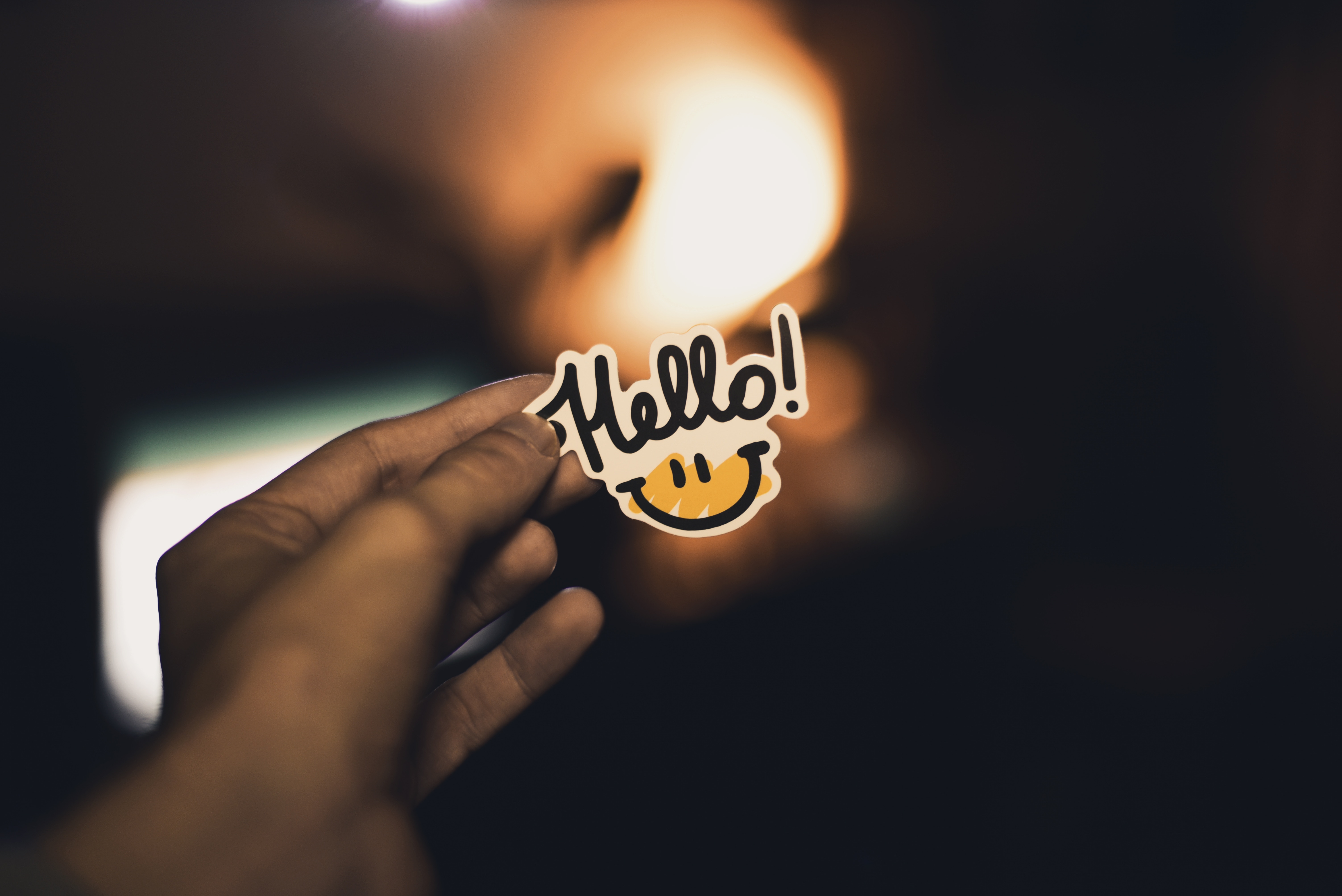Between the 77 billion text messages and 200 billion emails sent globally every day, we do a lot of our communication through typing, whether it’s on our smartphones or our computers. But since texting is so much less expressive than seeing or listening to someone, emoticons—which have been around since 1982 or 1648, depending on your source—are used in in many parts of the world as a way to add in missing context.
Yet, as an innovative new study in the Journal of Cross-Cultural Psychology suggests, not everyone sees emoticons the same way. A team of Japanese researchers, lead by Kohske Takahashi, a psychologist at Chukyo University in Nagoya, set out to compare the different ways people in Asia and Africa interpret emotions in emoticons.
Takahashi and his team recruited 24 university students in Tokyo. They also recruited 30 participants in Cameroon and 37 participants Tanzania, including a range of hunter gatherers, farmers, and city dwellers. All participants were presented with tablet devices where they were asked to use a slider to rate how happy or sad real faces (of Asian, African, and White ethnic groups) looked as they smiled, frowned, or kept a neutral tone.
They also all assessed three different styles of emoticons, rating the happiness or sadness of each:
Western: 🙂 😐 🙁
Japanese: (^_^) (0_0)(T_T)
Smiley: ??☹️
There was no notable difference in how any of the participating groups rated the emotional quality of the real faces—sad was sad, neutral was neutral, happy was happy—but the emoticons yielded a surprising result. While the Japanese followed the same pattern with all three groups of emoticons—the smileys were rated happy, the frowns were sad—the Cameroonian and Tanzanians rated all emoticons quite neutrally. “While Cameroonian and Tanzanian people also discriminate the emotion of real faces,” Takahashi and his colleagues write, “they hardly read emotion of emoticons.”
These results throw new light on a decades-long debate in psychology: whether or not emotions are universal, or if they might vary from culture to culture (or even individual to individual) like dialects do in language. (For a great book on this, read Lisa Feldman Barrett’s How Emotions Are Made.) These results suggest that one contemporary expression of emotions—emoticons—are very much variant.
Emoticons, like so many aspects of our cultures, appear to be things that we’re acclimated to—Internet penetration is much higher in Japan, where 94 percent of people are internet users, than it is in Cameroon or Tanzania, where 20.7 and 5.4 percent of the population, respectively, logs on. The authors note that the trends held between city and rural dwellers, too, meaning farmers in Tanzania were just as unlikely to see emotions in emoticons as their urban counterparts.
While further research is needed, all this suggests that emoticons have something of a “dialect” to them, in the same way some parts of the U.S. call soft drinks soda, others call it pop, and still others think everything is Coke. The meaning of emoticons depends on how much they’re around you: “These results suggested that the exposure to emoticons would shape the sensitivity to emotion recognition of emoticons, that is, ☺does not necessarily look smiling to everyone,” Takahashi and his team write.


